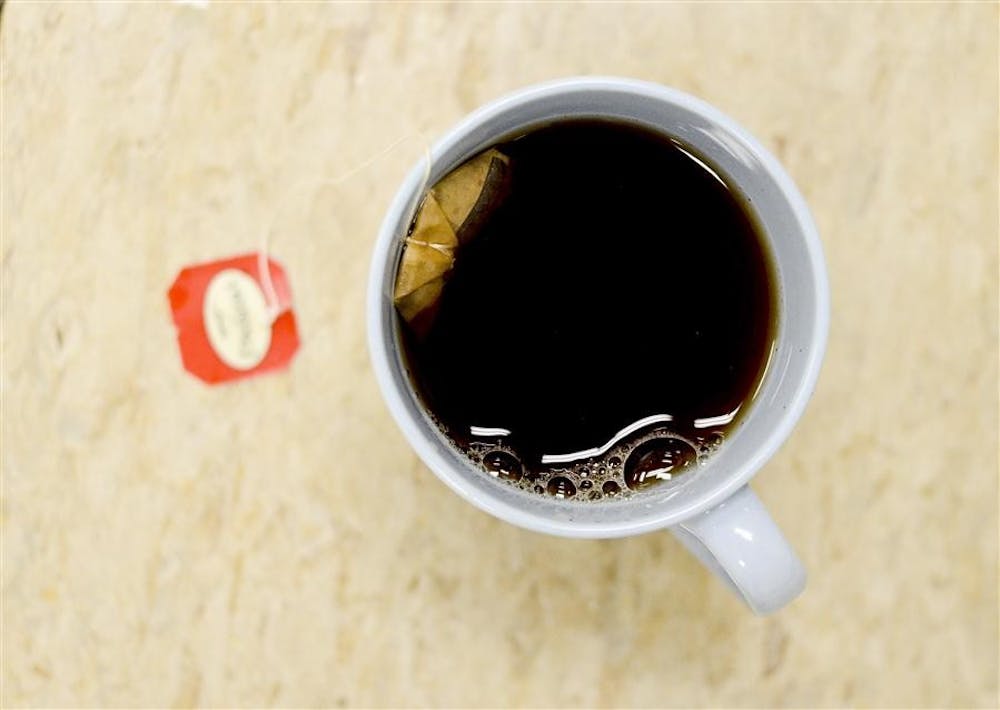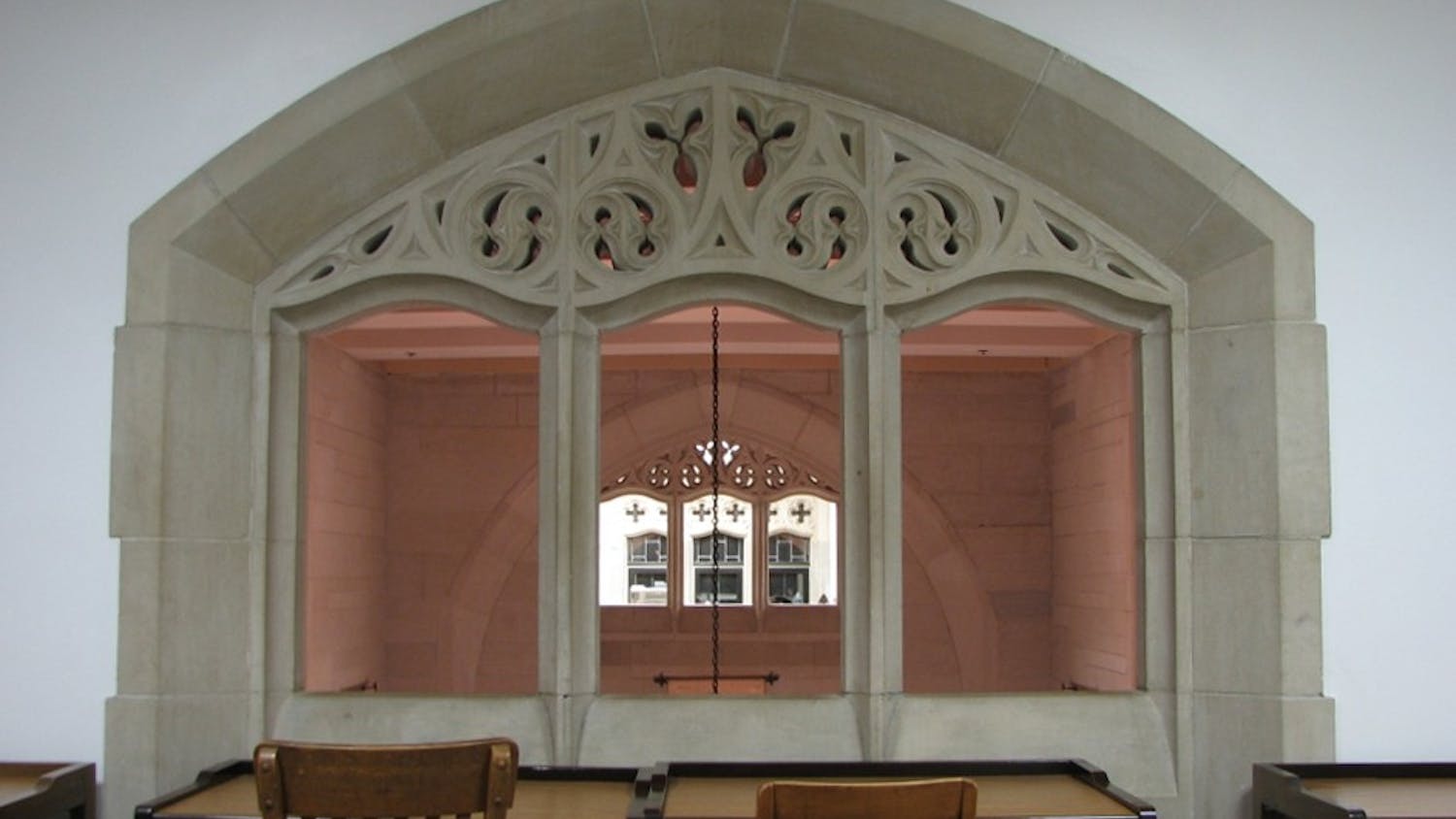In a scary world without your smartphone, the Internet, or a greenscreened weatherman on TV, how are you supposed to know when to bring your umbrella?
The experts have their weather balloons and statistical evidence, but all you need is a pair of eyes and a decent sense of direction. Geography professor Scott Robeson offers a few tips on predicting the weather without a forecast.
Let the Indiana Memorial Union flag be your guide.
Since it’s high up and out of the way of other buildings, Robeson says he looks to that flag to see which way the wind blows.
Tip for the directionally challenged: If it’s blowing toward the Kelley School of Business, it’s north; toward Ballantine Hall, it’s south. Major weather tends to move from west to east.
Once you’ve figured out where the wind’s coming from, stand with your back to it. The low-pressure area is to the left, and the high-pressure is to the right. Low-pressure areas produce clouds and precipitation.
Types of clouds and what they mean
Cirrus clouds are long and wispy and typically mean fair weather. They can also indicate a change in weather patterns within in the next 24 hours.
Cirrostratus clouds are sheet-like and cover the whole sky, and the sun easily shines through them. When these appear, it means moist weather in the next 12 to 24 hours.
Altocumulus clouds are also sheet-like, but the sun does not pass through them. Seeing these in the morning means rain.
Cumulus clouds, the standard, puffy, cotton ball clouds, mean fair weather until they start forming towers. When this happens, they turn into cumulonimbus clouds and form an anvil shape that points toward the direction the storm is coming from bringing rain, lightning, hail, or even tornadoes.
Remember these rhymes
“Red sky at night, sailor’s delight. Red sky at morning, sailor’s warning.”
If the sky is distinctly red or pink at night, the next day should be fair. In the morning, it could mean rain.
“Ring around the moon, rain or snow soon.”
If the moon looks like it’s wearing a halo, it can mean bad weather is coming as this ring shows up when a warm front and low-pressure area approaches.
How to predict the day's weather with coffee
1. Fire up that tea kettle or coffee maker — any hot beverage will do. Once the pot’s full, grab your mug and pour until nearly full.
2. You should see some bubbles on the surface of the liquid. Watch carefully to see where they go. If the bubbles stay in the center of your cup, remember an umbrella on your way out the door. If the bubbles disperse to the sides of your cup, you’re in the clear. Expect fair weather for the next 12 hours.
3. How does this work, you ask? High pressure will push the bubbles to the edge, while low pressure will keep them in the center.
Note: We tested this experiment here at the Inside laboratory, and yes, it really works. We saw clear skies for 12 hours after.
Forecasting unplugged
Predict the weather tech-free

Get stories like this in your inbox
Subscribe





